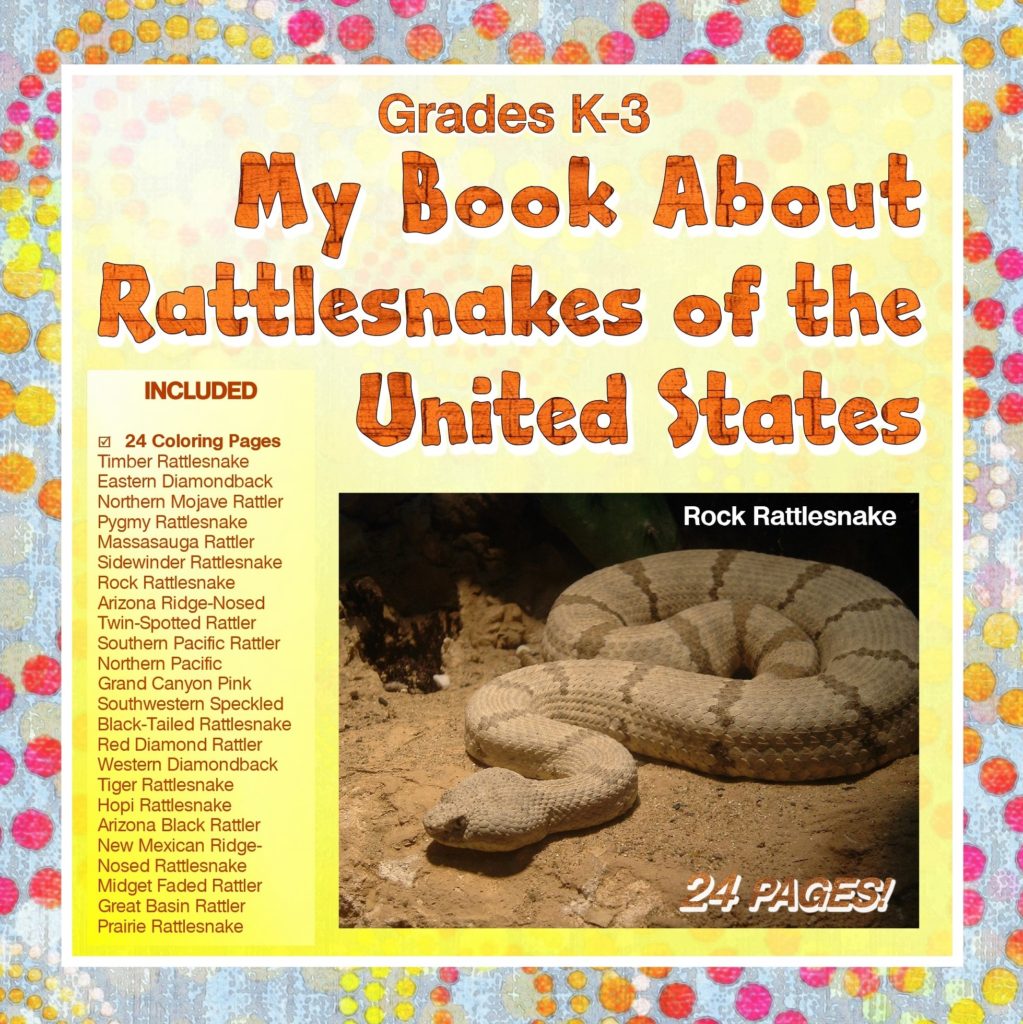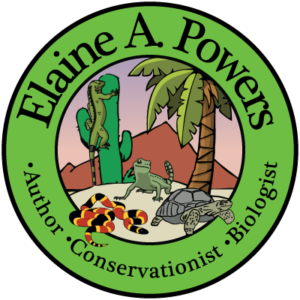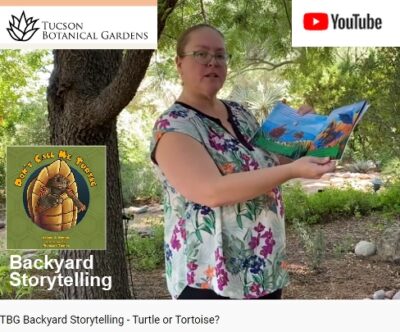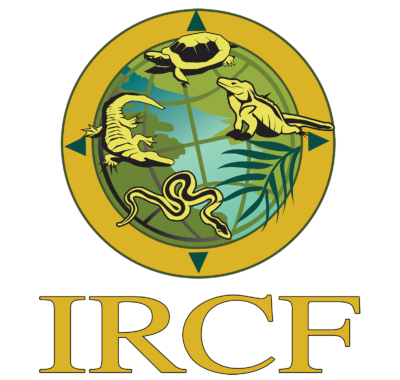How to Connect a Classroom Study of Rattlesnakes to Real-Life Experiences by Marilyn Buehrer, Teacher
For use with:
My Book About the Western Diamondback Rattlesnake
My Book of Rattlesnakes in the United States
Both books are available for purchase on this website.

After a study of the Western Diamondback Rattlesnake in all the following areas: Geography, History, Social Studies, Language Arts, Math, Science, Academic Art, and Music, take your students outside the classroom to connect the concepts to real-world experiences.
How to prepare your students for a trip to the zoo:
Geography asks WHERE:
- Let students work together to:
- locate the zoo on a city map
- draw a path from their school or home to the zoo
- hand out copies of the zoo’s map (free from the zoo which will mail you enough maps for students to use one in a group of four kids).
History asks WHEN and WHAT:
- When was the zoo created?
- Modern zoos began in England with London’s Regent’s Park Zoo in the 1820s because it was founded with a scientific purpose. But putting animals on display for the public to see dates back to ancient times.
- What is at the zoo?
- Use the zoo maps to locate the different areas within the zoo.
- Ask students to make a list of the animal exhibits.
- Ask students to locate the reptile exhibit.
Social Studies asks the questions WHY and WHO:

- Why do we need zoos?
- Zoos help increase the population of endangered species.
- Zoos help keep animals safe from poachers.
- Zoos offer valuable education to visitors about the animals and why we should protect them.
- Visitors can learn about what animals eat, their habits, and habitats.
- Seeing real animals up close and personal can inspire children to want to become involved in animal welfare and preservation and teaches children the importance of being kind and nurturing to animals.
- Who works at the zoo? (These are just a few of the many jobs at a zoo)
- Summer counselors
- Volunteers
- Food vendors
- Birthday party and celebration coordinators
- Tour group leaders
- Office personnel
- Veterinarians
- Biologists
- Zoologists
- Animal keepers
- Herpetologists (snakes and other reptiles)
- Mammal care specialists
- Butterfly keepers
- Clean and maintain exhibits
- Prepare animals’ food and feed animals
- Respond to emergencies
- Talk to visitors about the animals
- Groom the animals
- Show the animals on stage
- Exhibit managers
- Animal nutrition experts
- Admission people to sell tickets
- Groundskeepers
- Gardeners
- Plumbers and general maintenance
- Tram drivers
- Petting Zone assistants
- Gift Shop personnel
- Safety directors
- Security officers
- Who can go to the zoo?
- School students
- The general public
Language Arts
Before going to the zoo:
Assign a three-paragraph paper about what they hope to learn when they visit the snake exhibit. Being specific about one exhibit will help children focus tightly on what they want to learn.
Paragraph 1Introductory paragraph: includes the topic and a thesis statement
- The topic is the Western Diamondback Rattlesnake
- The thesis statement: why it’s important to learn about these snakes
Paragraph 2 Body paragraph:
- Discuss three things you hope to learn about the Western Diamondback Rattlesnake and why.
- Use transitional words such as first, second, then, and finally.
Paragraph 3 Conclusion paragraph:
- Remind the reader of the thesis and main points.
Students should be expected to:
- write legibly
- spell correctly
- use capitalization and punctuation with accuracy
- use correct grammar and usage (subject-verb agreement, plurals, verb tenses)
After a visit to the zoo:
Write another three-paragraph essay
In the body paragraph, write about the three things you learned about the Western Diamondback Rattlesnake. Be sure to use transitional words in your writing.
Write an acrostic poem. Word ideas: reptiles, diamondback, snakes, slither, rattlesnakes. Example: poisonous
P owerful
O derless
I ncredible
S lithers
O ccupies
N ative
O ffensive
U nusual
S cary
Math
Before going to the zoo:
- Students can estimate the distance from home or school to the zoo using the map’s scale. Most often, the scale explains that 1 inch on the map = 1 mile in actual distance. Students work in groups to measure the distance in inches using a ruler and pencil on the map, then figure how many miles that is. If the map’s scale is not in inches, but in fractions of inches, a helpful website for calculating distances is https://www.thoughtco.com/how-to-measure-distances-on-map-1435698
At the zoo, students can:
- count the number of Western Diamondback Rattlesnakes in the enclosure
- count the total number of all snakes in the reptile exhibit
- compare quantities, sizes, and lengths of the different varieties of snakes
- ask how much food the Western Diamondback eats and then calculate how much of that food one snake will eat in a year
- figure out how many times a snake has shed its skin by counting the number of segments in its rattle.
Science
At the zoo, students ask about
- The snake’s diet
- The snake’s lifespan (in captivity vs. in the wild)
- Snake facts they learned in class but would like to know more about
- Things that were not learned or covered in the classroom study of the Western Diamondback Rattlesnake
Academic Art
After a visit to the zoo:
- Students draw and color the Western Diamondback Rattlesnake
- Color the page provided in this blog
- Cut out the diamonds and glue them onto the correct triangles on the snake (see this activity sheet in My Book About the Western Diamondback Rattlesnake by Marilyn Buehrer available on this website)
Music Appreciation
Classical music that inspires creativity, played while students draw, color, and cut out triangles:
- Pachelbel’s Canon in D
- Vivaldi’s Winter, Four Seasons
- Mozart’s Piano Concerto No. 21, Andante (“Elvira Madigan”)
- Beethoven’s Moonlight Sonata, 1st movement
- Chopin’s Nocturne in E-flat Major, Opus 9, No. 2
- Brahms, Piano Quartet in C minor, Opus 60, 3rd movement
- Mendelssohn’s String Quartet No. 2, 3rd movement, Intermezzo
- Brahms’ String Quartet no. 1, 3rd movement, Allegro Energetico
Marilyn Buehrer is a teacher and creator of Lyric Power Publishing’s comprehensive, fun, and engaging workbooks that bridge the summer gap between school years, stave off the overuse of electronics, and fill in those bored hours on the weekends.
To learn about our latest science-based children’s books and workbooks, to read our latest blog posts about reptiles, birds, cats, and gardening, in a variety of locations, and about how the books come to be, what inspires an author to write, and many more interesting aspects of the publishing business, fill in the box below and we will add you to our email list.
Thank you!



